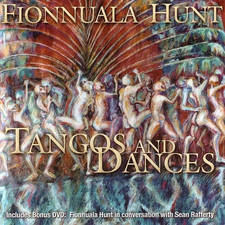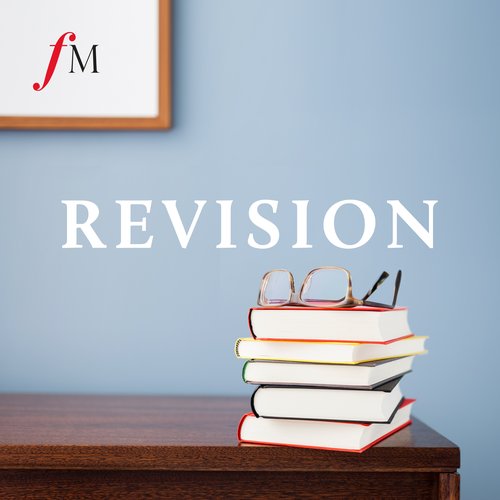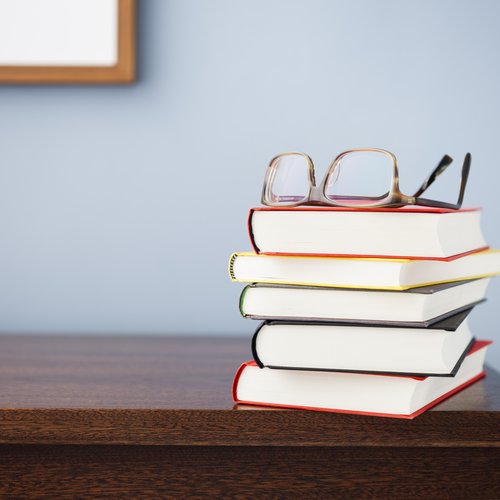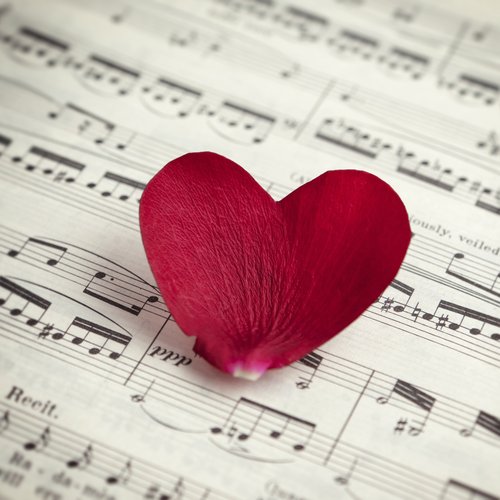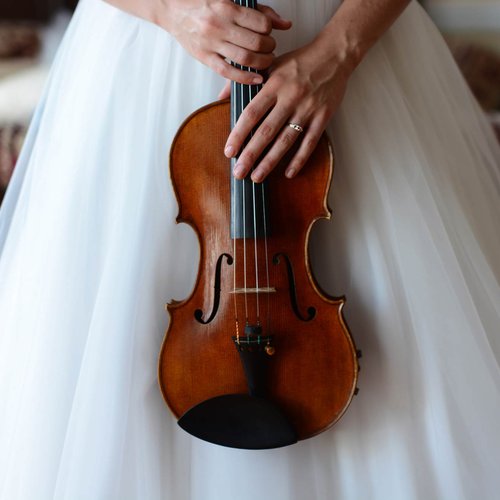Around the world, we’re getting a glimpse of what live music looks like post-lockdown
22 July 2020, 17:00 | Updated: 23 July 2020, 15:51

Dvořák in Greenwich Park
Theatres reopen in Europe and concert halls around the world have started to implement social distancing policies to stem the spread of coronavirus – here’s how music, of all genres, looks in a new era.
This musician took the plunge and repurposed a swimming pool...
Cellist Jürgen Gerlinger turned an aquatic arena into the perfect outdoor location to share music during coronavirus. We fancy that the audience was in a buoyant mood and the whole recital went ...er ...*swimmingly*.

Orchestras in Hong Kong now...
In a concert last Wednesday (15 July), woodwind and brass players of the Hong Kong Sinfonietta were separated by plexiglas screens to avoid potential aerosol distribution.

Sheku, socially distant from the Philharmonia
Cellist Sheku Kanneh-Mason performed at the Battersea Arts Centre in the first of three world-class concerts as part of the Philharmonia Sessions, with a reduced-size Philharmonia Orchestra.
Find out more about the Philharmonia Sessions >

Philharmonia Sessions: Sheku performs Saint-Saëns
London Mozart Players musicians don matching masks
In their exclusive post-lockdown concerts for Classic FM, members of the London Mozart Players wore striking red masks in order to stay safe and reflect current government guidance for indoor music-making.


London Mozart Players & Tasmin Little perform ‘The Lark Ascending’ | LMP Live! | Classic FM
The Vienna Philharmonic invites 100 guests
On 6 June, the great Vienna Phil returned to the Musikverein for its first concert after lockdown under the baton of Daniel Barenboim. Only 100 guests were allowed into the venue and were separated by empty seats, to ensure social distancing.

Concert hall in Fort Smith, Arkansas
Caution tape cordons off seats at TempleLive concert hall in the US southern state, ahead of their first socially-distanced concert.

American guitarist and singer Travis McCready performed that night. At the front of the stage, where people would usually dance, people were seated in small clusters, maintaining socially-distanced bubbles.
Click here for the latest coronavirus advice from the NHS >

Drive-in concert in Central Europe
One of the first live car concerts, where audience members drive to the concert and remain isolated in their cars for a special show. This concert features the band Mirai playing in Ostrava, Czech Republic.

Empty concert hall in De Doelen, Rotterdam
Musicians Farid Sheek and Maya Fridman perform in an empty De Doelen concert hall, Rotterdam. As the most severe lockdowns ease around the world, some musicians can return to some concert halls, but no audience yet in this case.

Partitions seats in a theatre in Uden, Netherlands
A theatre in the Netherlands, Markant Uden, trails a system to maintain capacity, even with social distancing. Plexiglass and partitions between the seats isolate groups sitting next to each other. The theatre says this will allow them to operate at 70 percent of occupancy throughout social distanced times.

Together and apart, at the opera
A recital of Mahler and Schubert at the State Theatre and Opera House at Wiesbaden in Germany. The theatre which normally seats 1,000 for operas, employed policies to distance attendees and had fewer than 200 in the audience.
The distanced orchestra across Europe
In May, orchestras started playing together again, but in chamber formations. The sight of spaced string sections, and one-to-a-part woodwind and brass is becoming common, as seen in these examples from the Berlin Philharmonic and the Royal Stockholm Philharmonic Orchestra.
Music looks different, but it is also the same
These are uncertain times. We miss the magic of the concert hall and the communion of the live music experience. COVID-19 disruptions have also shattered the plans and livelihoods of so many artists and professional musicians.
However, we can take comfort in the fact that music has always had the ability to change and develop through the ages, and adapt to, and reflect, the times. This has happened over the centuries, and it’s what we see today.
Audiences, musicians, patrons and supporters, we’re all part of that adapting and rebuilding, and we’ll all enjoy the music even more because of it.
